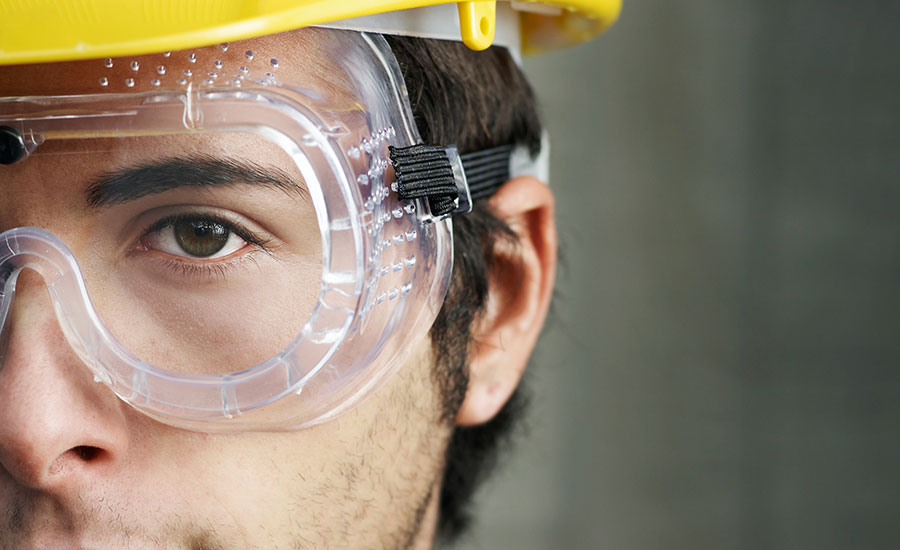What are the potential eye hazards at work?

Potential eye hazards against which protection is needed in the workplace are:
- Projectiles (dust, concrete, metal, wood and other particles)
- Chemicals (splashes and fumes)
- Radiation (especially visible light, ultraviolet radiation, heat or infrared radiation, and lasers)
- Bloodborne pathogens (hepatitis or HIV) from blood and body fluids
Some working conditions include multiple eye hazards. The proper eye protection takes all hazards into account.
The best methods of eye protection differ for each type of hazard. The protector must be matched to the potential hazard. High risk occupations for eye injuries include:
manufacturing
mining
carpentry
auto repair
electrical work
plumbing
welding
maintenance
The type of safety eye protection you should wear depends on the hazards in your workplace:
- If you are working in an area that has particles, flying objects, or dust, you must at least wear safety glasses with side protection (side shields)
- If you are working with chemicals, you must wear goggles
- If you are working near hazardous radiation (welding, lasers, or fiber optics) you must use special-purpose safety glasses, goggles, face shields, or helmets designed for that task
In addition, employers need to take steps to make the work environment as safe as possible. This includes:
- Conducting an eye hazard assessment of the workplace
- Removing or reducing eye hazards where possible
- Providing appropriate safety eyewear and requiring employees to wear it
Source: www.aoa.org American Optometric Association
Looking for a reprint of this article?
From high-res PDFs to custom plaques, order your copy today!








